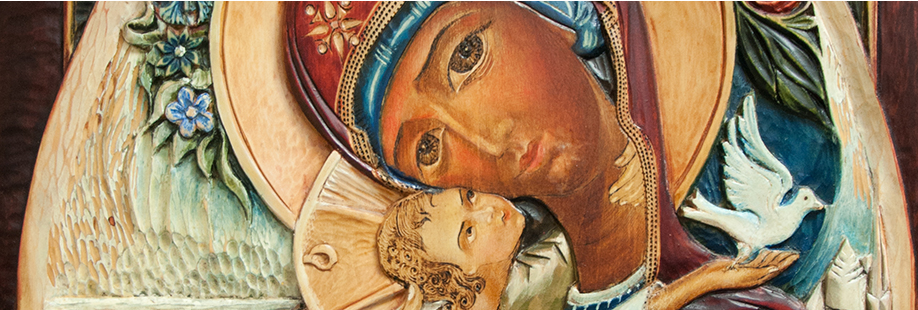
World Nativity Traditions
Preview

Creation Date
20th century
Medium
pine
Exhibition Label
The Eastern icon has roots in Coptic art. Hailed as a link between Pharaonic, Greco-Roman, and Islamic art, Coptic art seeks beauty in simplicity. What is meant is both the simplicity of idea and form. The idea centers on what is essential. Form lends color and body to make the essential present and visible. But what is essential? It is the age-old celebration of God's revelation in Incarnation and Redemption. Here lies the challenge of Coptic art and all Eastern iconography: to make visible in humble and simple form the beauty of divine presence and beauty. Its program consists of maximum meaning in minimal form. The abstract design of this nativity set created by turning each piece of wood on a lathe is reminiscent in some way of the very spirit of Coptic art.
Description
11 pieces of pine carved on a lathe; the halos are large discs with designs cut out of them with a saw from the inside. The set was created by a Coptic artist in Egypt. Exhibition label written by Father Johann G. Roten, S.M. originally for exhibition entitled "African Symphony" held at Roesch Library, University of Dayton.
Rights
This material may be protected by U.S. (Title 17, U.S. Code) and/or international copyright law. The material is available for personal, educational, and scholarly use. It is the responsibility of the researcher to locate and obtain permission from the copyright owner(s) or heirs for any other use, such as reproduction and publication.
Keywords
crèches, nativity scenes, nativities, At the Manger, figurines, Jesus Christ, wood carvings, wood sculpture, Egypt


